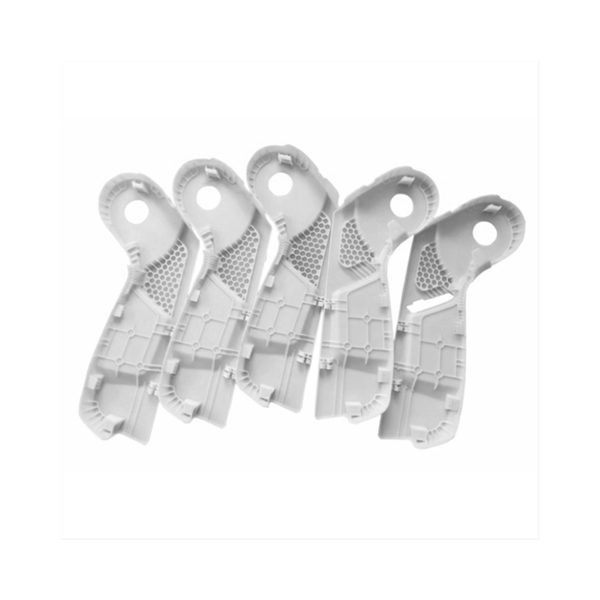GD Prototyping

3D Printing Robot
-
Axis Configuration: 6-axis robotic arm with multi-directional movement
-
Build Volume: Scalable, from small parts up to several meters in size
-
Layer Resolution: Up to 50 microns (depending on material)
-
Materials Supported: Thermoplastics, composites, resins, metals (via deposition)
-
Tolerances: ±0.1 mm (material-dependent)
-
Production Capability: One-off prototypes, low-volume runs, and large-scale parts
- Description
- Specification
- Application
- FAQS
3D printing plays a growing role in the field of robotics, enabling faster and more flexible production of parts and systems. Beyond its common use for making tools, jigs, and prototypes, 3D printing also allows you to fabricate actual robotic components such as frames, joints, housings, and other customized parts. This capability supports rapid design changes and lowers manufacturing costs compared to traditional methods.
Using 3D printing for robot parts offers the advantage of creating complex geometries that might be difficult or expensive to achieve otherwise. The technology lets you build lightweight and durable structures by selecting from a variety of advanced materials. These materials often provide the strength and flexibility needed for demanding robotic applications.
In some cases, you can produce nearly entire robotic assemblies using 3D printing, speeding up the development cycle and enabling on-demand production. This approach suits both prototype testing and small-batch manufacturing, giving you the ability to refine designs quickly and respond to specific functional requirements.
The use of 3D printing in robotics also encourages innovation. Custom parts tailored for unique tasks or environments can be produced without waiting for specialized tooling or long lead times. Moreover, 3D printing allows you to integrate multiple functions into a single part, reducing assembly complexity and improving overall system performance.
As the technology advances, 3D printing continues to expand its role in robotic manufacturing, making it a valuable tool for engineers and designers working on cutting-edge robot development.
| Parameter | Value / Description |
|---|---|
| Frame Material | PLA / ABS / PETG / Nylon (depending on strength and flexibility requirements) |
| Printing Technology | FDM / SLA / SLS (based on part complexity and required precision) |
| Layer Height | 0.1 mm – 0.3 mm (typical resolution for structural components) |
| Weight | 500g – 5kg (varies based on material and design) |
- Education:For teaching robotics and engineering with hands-on projects.
- Prototyping:Rapid testing of robotic designs and mechanical concepts.
- Custom Service Robots:Tailored robots for delivery, cleaning, or assistance.
- Bio-inspired Robots:Flexible designs for animal-like or soft robots.
- Medical Devices:Personalized prosthetics, exoskeletons, and therapy aids.
- Art & Creative Projects:Interactive installations and robotic sculptures.
- DIY & Makers:Low-cost builds for hobbyists and personal use.
1. What is a 3D printed robot?
A robot whose structural or functional parts are made using 3D printing technologies.
2. What are the benefits of 3D printing robots?
Fast prototyping, low-cost production, easy customization, and lightweight design.
3. What materials are used to print robot parts?
Common materials include PLA, ABS, PETG, nylon, resin, and composite filaments.
4. Can 3D printed robots perform real tasks?
Yes, they can perform various tasks depending on the motors, sensors, and design used.
5. Are 3D printed robots strong enough?
For light-duty tasks, yes. Material and design determine strength and durability.






